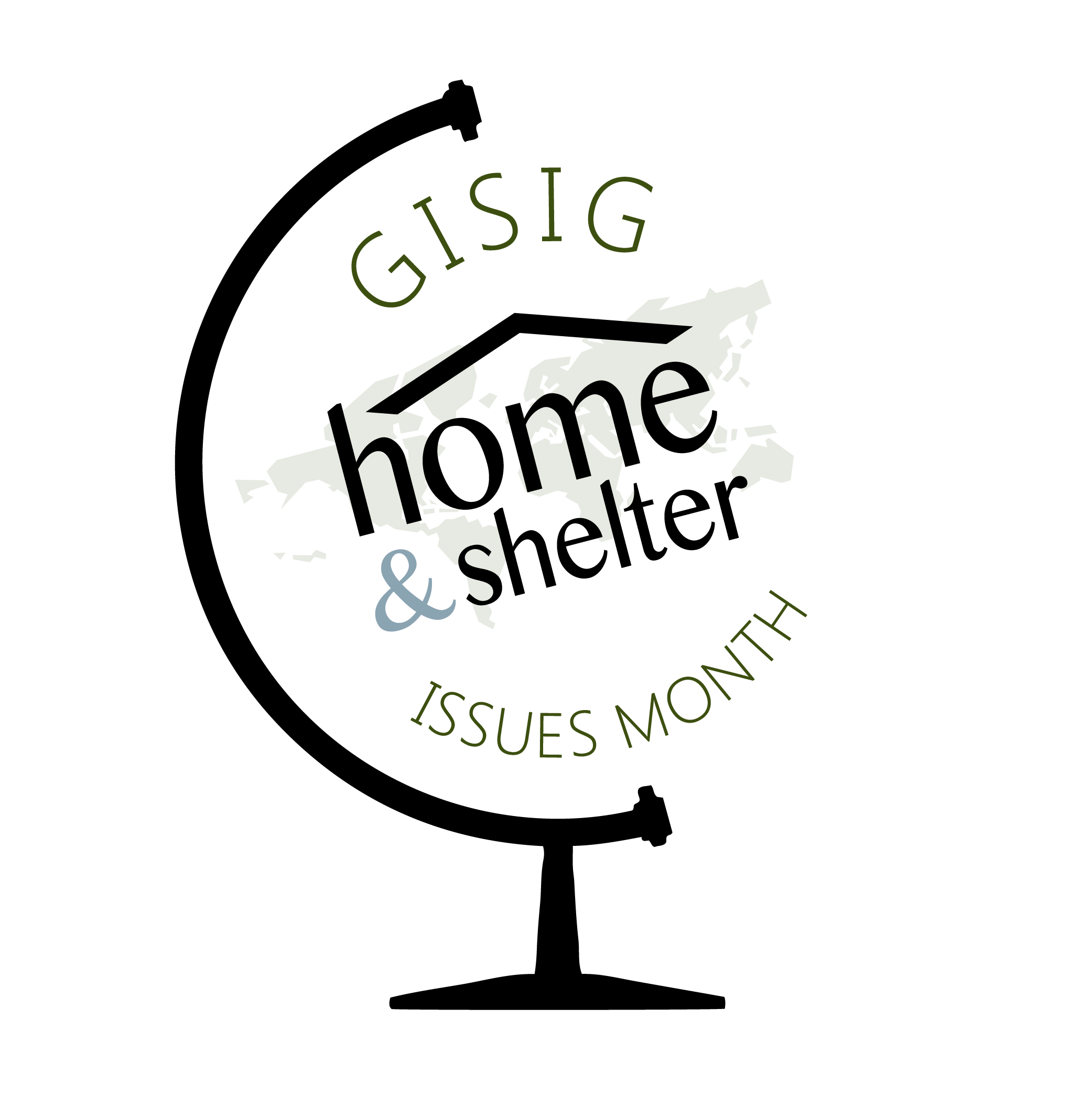An interesting question to explore with students is what other ‘homes’ outside their family they have ever been inside, how often and why. Of their friends, for example, and who their friends are.
Many students everywhere have never been inside the home of the local ‘Others’. In Israel, most Jewish citizens have never been in the home of an Arab, an Arab’s friend’s family, for example. Since schools are rigidly segregated in Israel, that often means Jewish and Arab kids and teens never veen meet.
Across southeastern Europe, few learners from the majority population in Hungary, Romania, Serbia, Bulgaria, Greece, have ever been in a Romani home. They probably have no Romani friends. This may also hold for their parents and relatives. I imagine the situation in Hungary in many towns reflects that. Sometimes less so in smaller villages.
Many white Americans have never been in the home of an African-American, even in their own small town. Or perhaps the home of a Latino, or Asian American.
So ethnic barriers among kids and teens (and adults), especially in cities, are very common across a lot of societies, And reflected concretely in whether a person has ever been inside the ‘home’ of someone from those Others. Even at a birthday party.
It extends to the everyday social geography of ‘class in the home’ as well: few kids from more middle-class backgrounds have ever been in the home of kids from poverty backgrounds, in many places. Because they don’t live in the same neighborhoods, they don’t go to the same schools, they don’t meet and mingle. In the very same city. It is surely true where I live, and very true in the huge city I grew up in, Chicago.
And of course religion, depending on the society you are in and its given mix of religions and the barriers between them. This is reflected powerfully in youngster’s lived experience.
Recall yourself when you were growing up whose ‘homes’ outside your own family and closest friends you ever entered. I grew up surrounded by a vicious Lutheran-American anti-Semitism, and spent a lot of time only in one nearby Christian home, that of my closest friend. All the other neighbors’ homes around were closed to me (and my parents), a shaping memory.
Just a thought. It is the issue of social and cultural division and segregation that is very common in many places, and clearly reflected in the ‘social geography’ of homes and housing. And people’s everyday networks of social contact.
To discuss this in classrooms in many towns in Bulgaria is a very ‘sensitive’ issue. Teachers will avoid it and know why.
Bill Templer


As an Israeli Jewish teacher in Israel I would like to collaberate with other teachers in Israel on this issue. I would like to find a partner Arab school and try to get our kids to know each other and understand our differences and similarities.
This is a great idea!